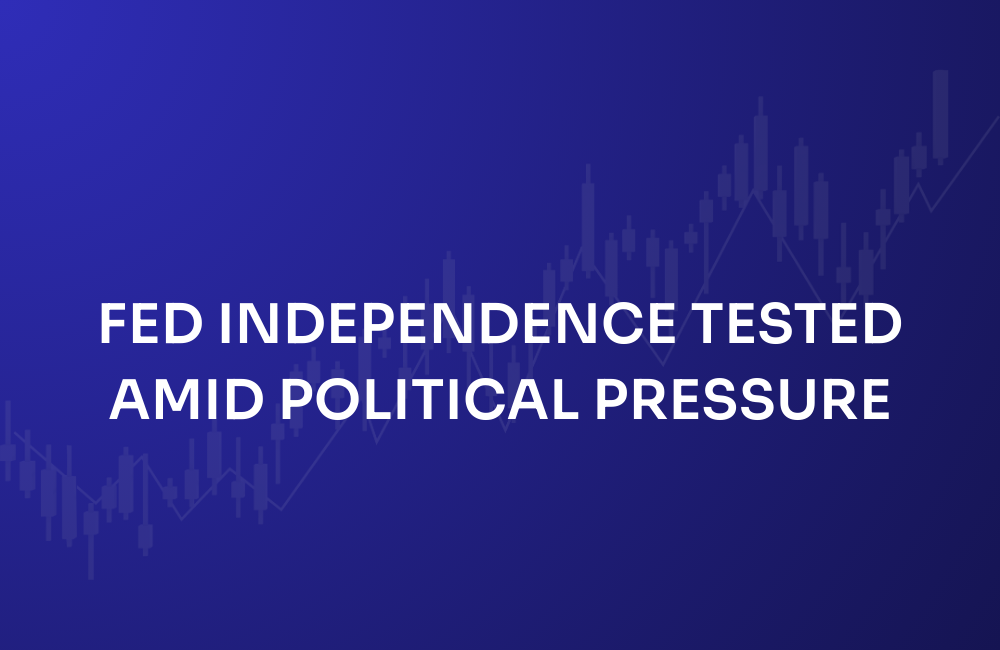
Subscribe to our free
💌 Stay ahead with AI and receive:
✅ Access our Free Community and join 400K+ professionals learning AI
✅ 35% Discount for ChatNode
.png)

(OpenAI simply has not said it out loud yet.)
For months, people built GPTs, shared them widely, and waited for monetisation to arrive. It never did. While that was happening, OpenAI kept strengthening Projects in the background. The updates were quiet, steady, and easy to overlook, but they changed the direction of the product entirely.
GPTs helped users experiment. Projects help people operate. Once you understand that distinction, the shift becomes clear.
1. Continuity
GPTs freeze the moment you publish them. They never grow, never evolve, and never develop any adaptive memory.
Projects behave like a working environment that updates as you update. When you add files, refine instructions, or adjust processes, the entire workspace adapts. Each conversation benefits from the same shared context, so your system feels like it is learning with you.
2. Accuracy
GPTs begin every conversation from an empty state, which increases inconsistency and reduces reliability.
Projects keep their foundation intact. They draw from the same files, tone guides, and instructions in every chat, which creates far more stable reasoning and fewer hallucinations. It feels closer to collaborating with someone who actually remembers the last meeting.
3. File Capacity
GPTs limit you to 20 files.
Projects scale depending on your plan:
- Free: 5 files
- Plus: 25 files
- Pro: 50 files
You upload once and reference those files whenever needed, which turns the workspace into a central library rather than a temporary input box.
4. Deep Research
GPTs answer once and stop. They do not investigate, compare sources, or synthesise material.
Projects access Deep Research mode. ChatGPT can run multi-step reasoning, extract patterns, and produce structured reports. It behaves far more like a junior analyst who brings you a considered package of insights rather than a single reply.
5. Auto-Refresh
GPTs require manual rebuilding. If you update a file, you usually need to start again.
Projects update automatically. Changes to files, instructions, or workflows apply across all linked chats, which prevents version drift and keeps the entire workspace aligned.
6. Mobile
GPTs function best on desktop and struggle on mobile.
Projects work smoothly on phones and tablets. You can upload new files, switch models, revise briefs, and maintain the same workflow while travelling. This alone makes Projects far more practical for anyone who works on the move.
7. Sharing
GPTs are designed for wide distribution. You can publish them publicly or share links.
Projects focus on collaboration. You can invite team members, clients, or partners into specific chats or entire workspaces. This creates a controlled environment where everyone works from the same context without exposing sensitive material.
8. Permissions
GPTs offer a simple choice: public or private.
Projects provide detailed control, including view-only access, chat access, editing rights, and file-level governance. This matches the type of control real organisations need when deploying AI internally.
9. Integrations
GPTs operate alone. They cannot access Projects.
Projects can use GPTs. You can bring your custom behaviours into a Project that already holds your memory, files, and workflows. This reverses the hierarchy and positions GPTs as components rather than containers.
When GPTs launched, I used them constantly. They were exciting and felt like the start of something new. Over time, the limits became obvious. They did not update, did not adapt, and did not scale with the way I work.
Projects gradually replaced them. All of my research, tone guides, frameworks, and client assets now live inside dedicated workspaces that maintain continuity and accuracy. The experience feels less like using a tool and more like building a system that grows as my work evolves.
GPTs gave us a way to test ideas. Projects give us a way to run entire operations.
If GPTs were the app store, Projects are the operating system. That is the real shift, and most people have not recognised it yet.
Stay curious, stay human, and keep creating.
— Charlie
About
Linked Agency is the LinkedIn growth partner for brands and founders who want more than just likes - they want impact.

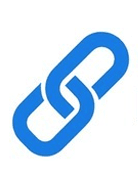
Recommended
.png)


.svg)




.svg)





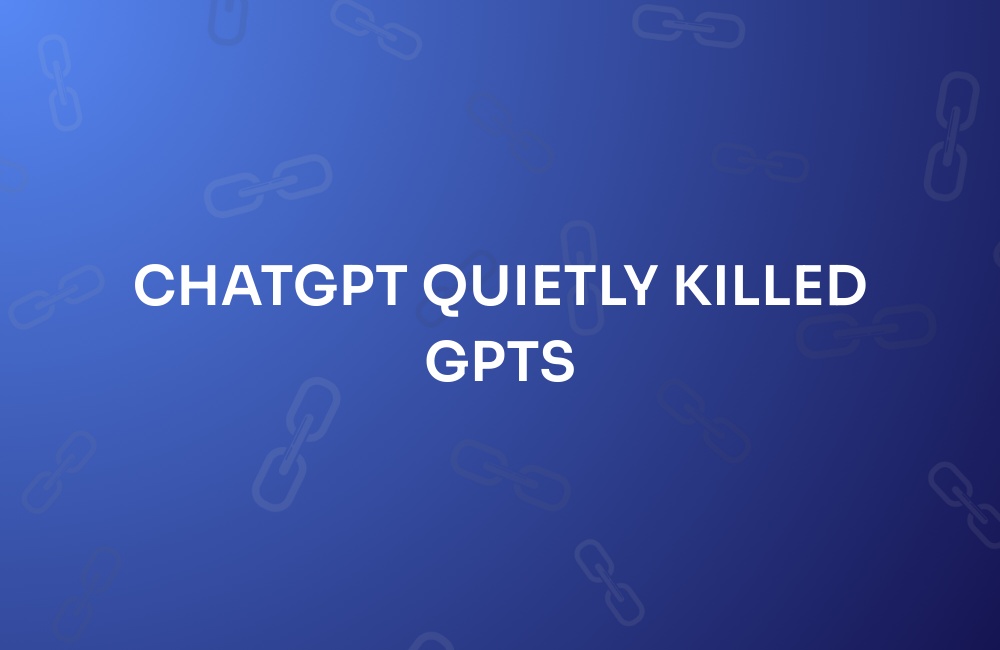
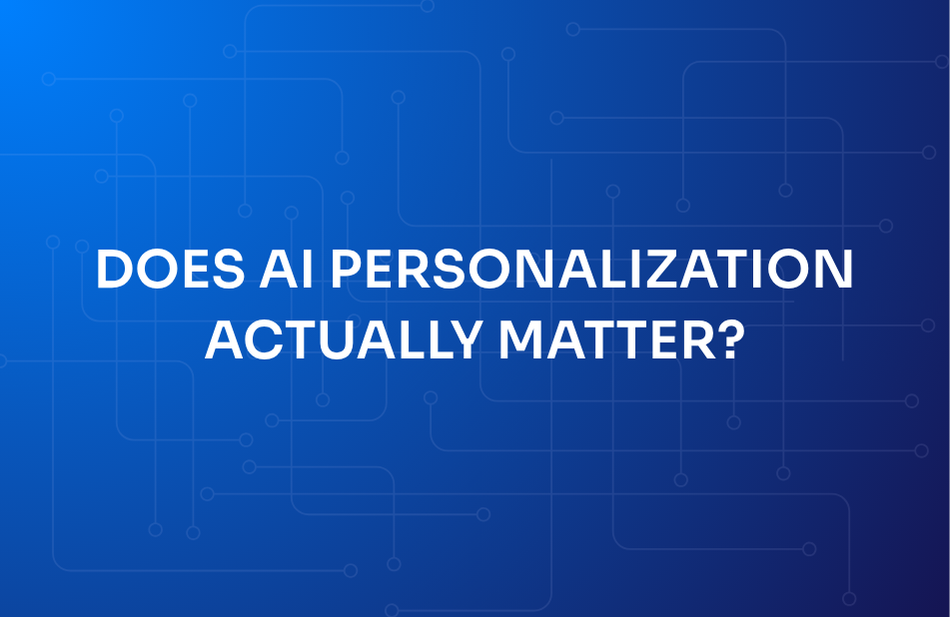



.png)
.png)
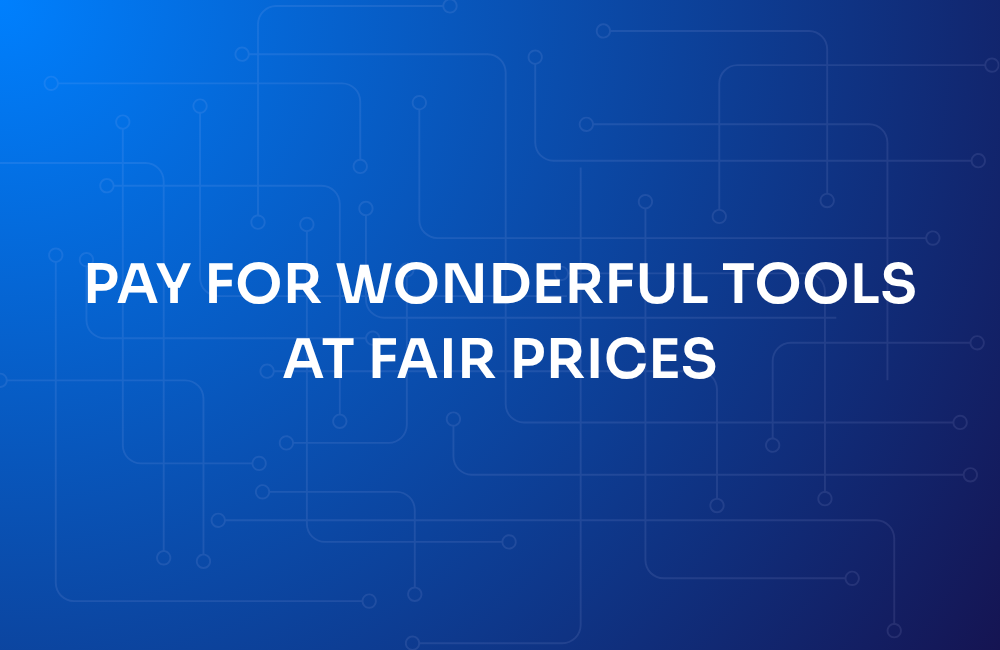
.png)
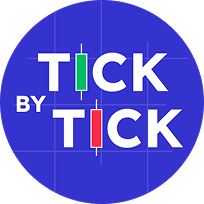

.png)
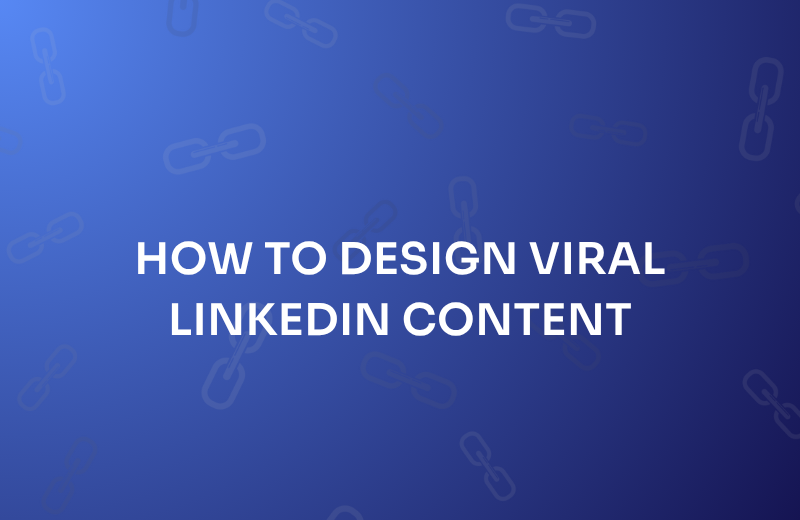
.png)
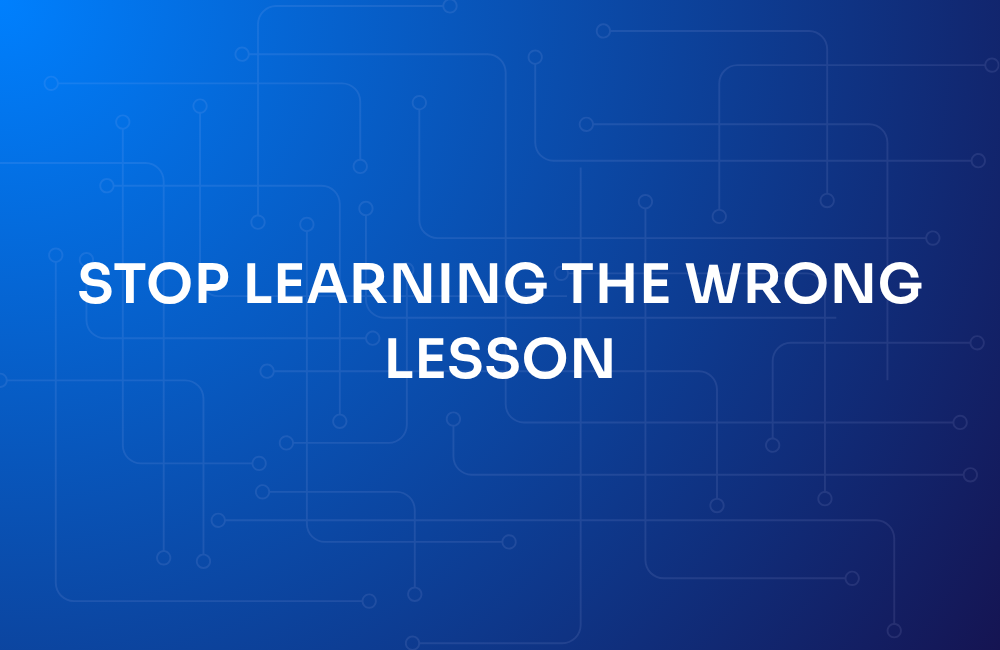
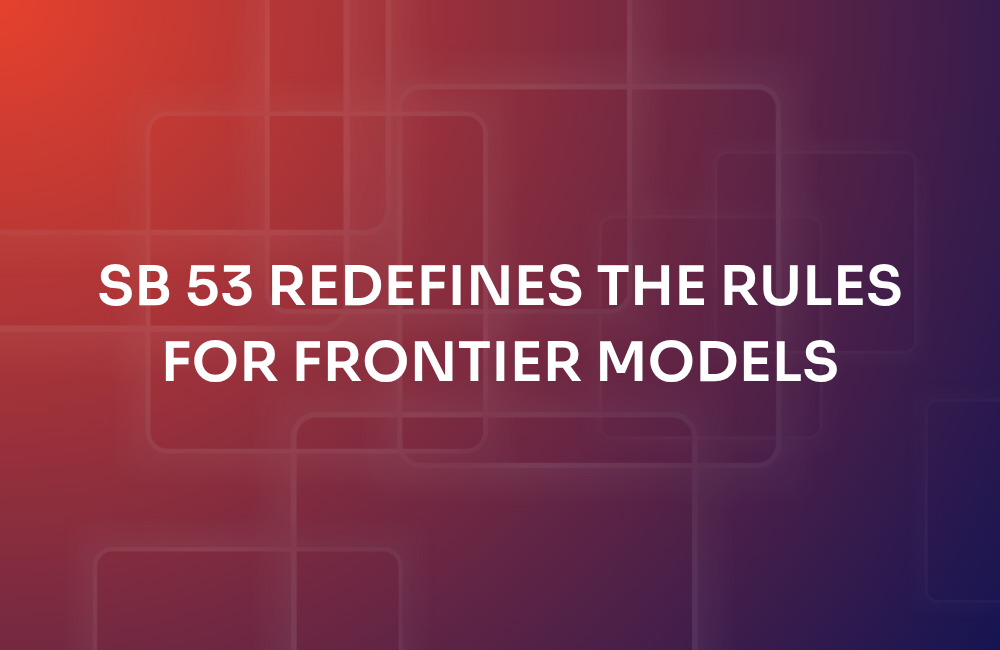

.png)
.png)
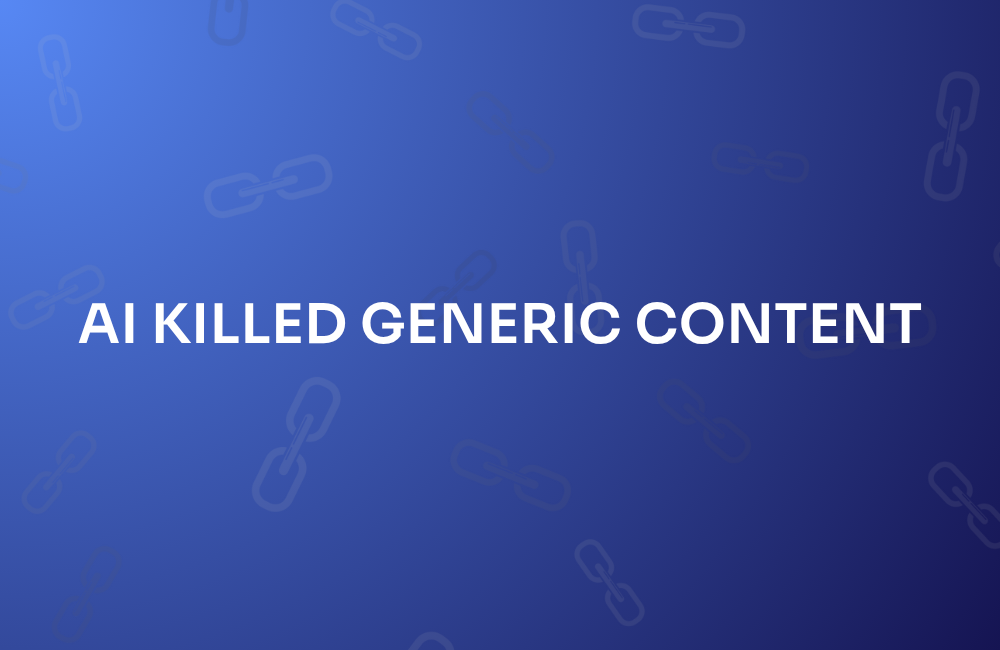
.png)
.png)
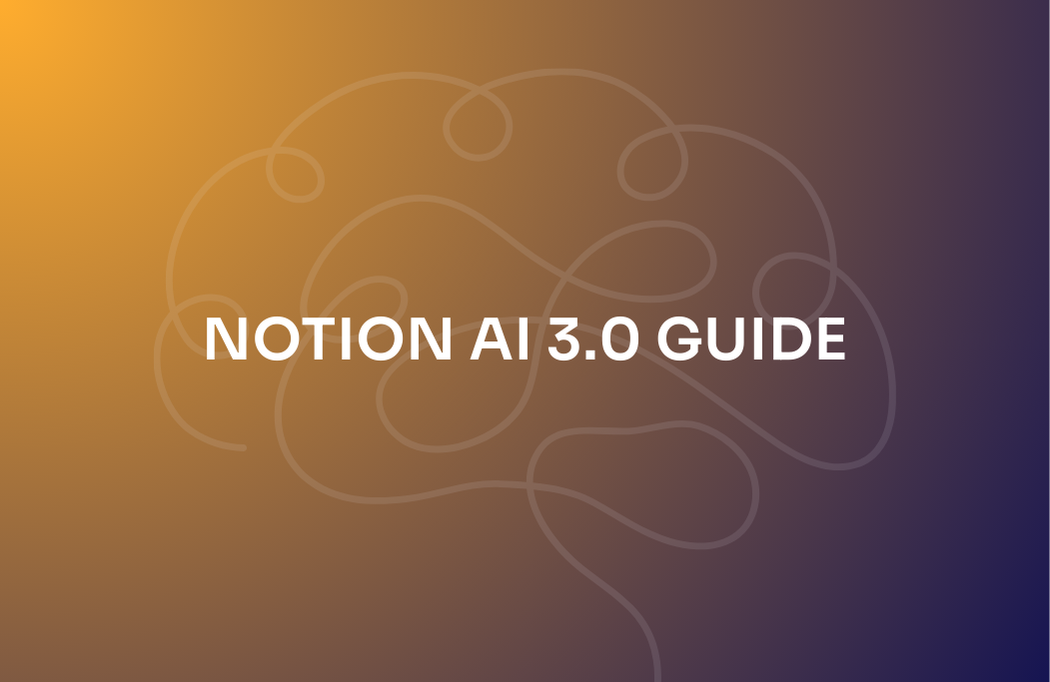
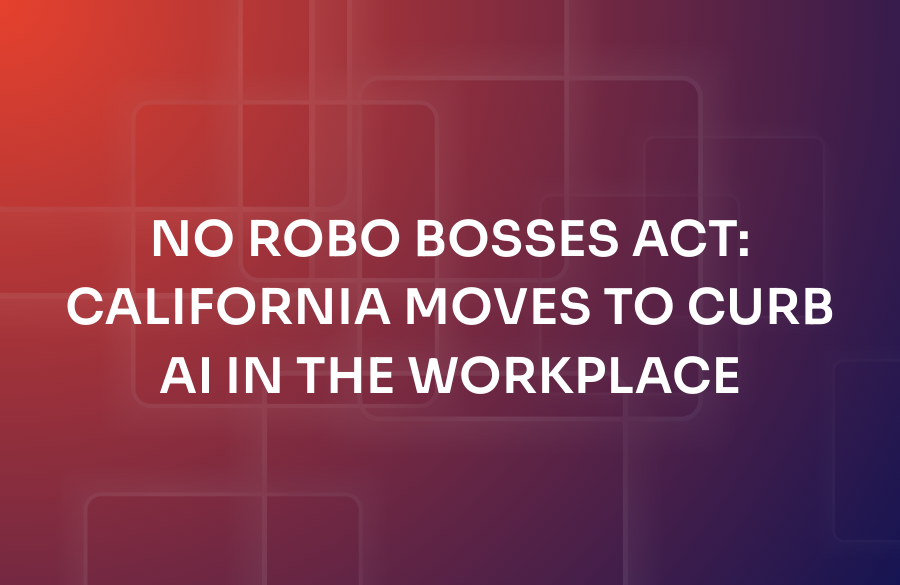
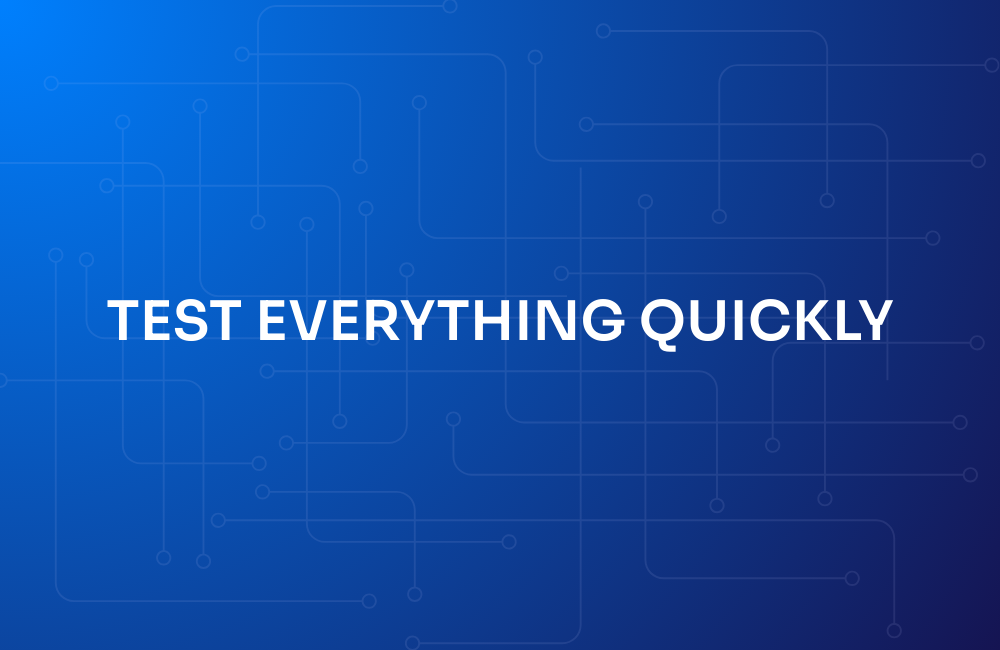
.png)
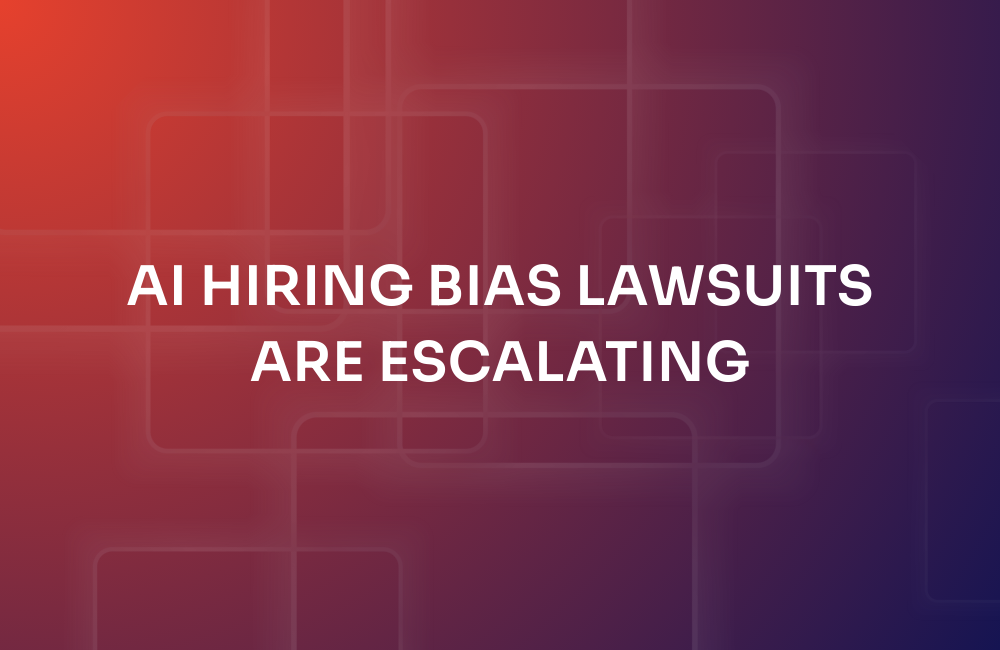
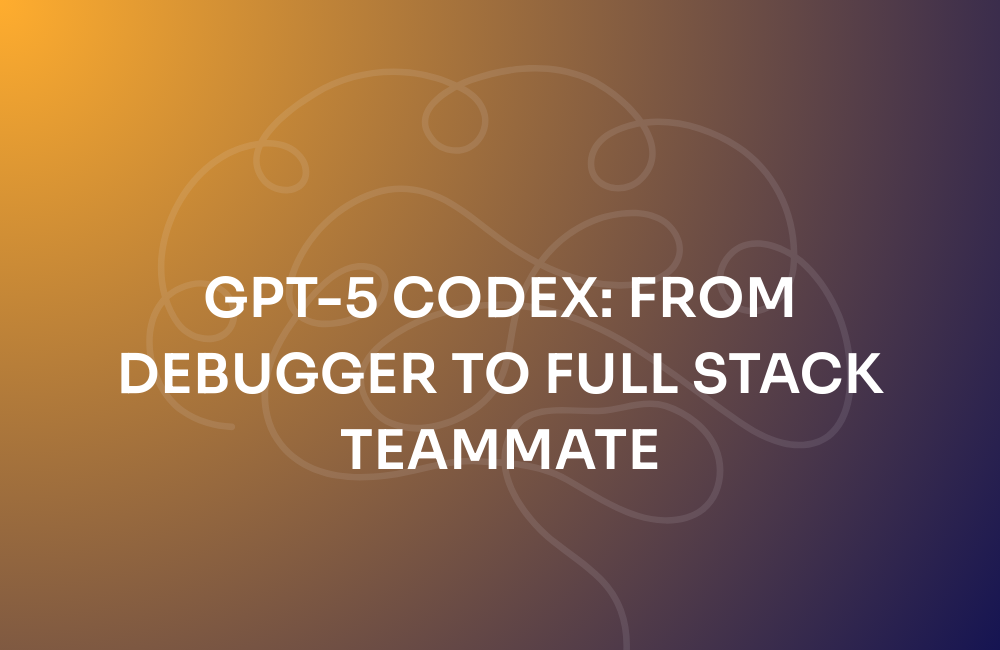
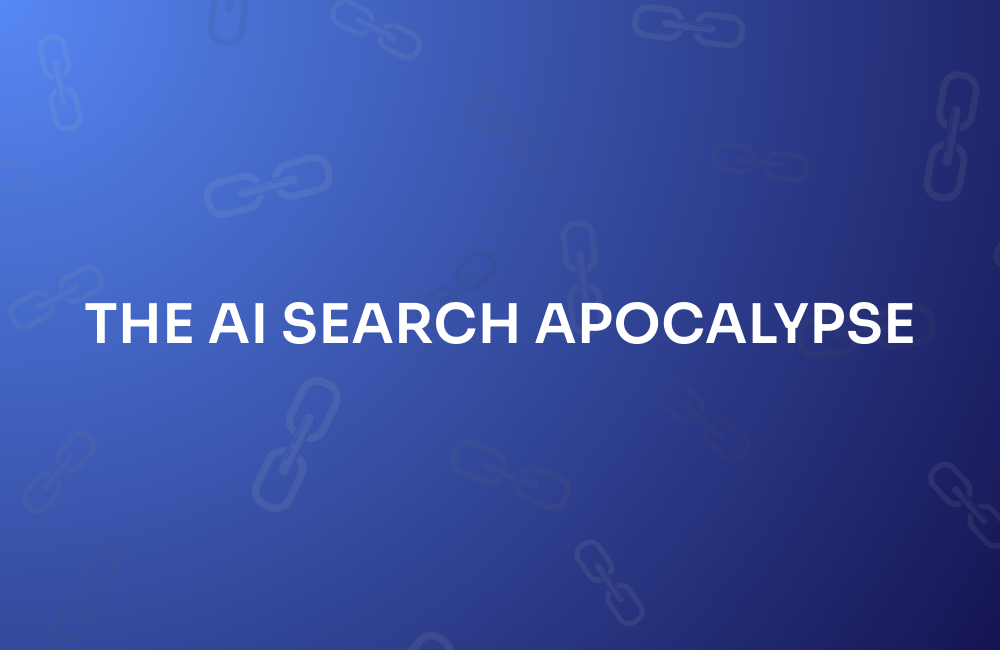
.png)
.png)
.png)
.jpg)
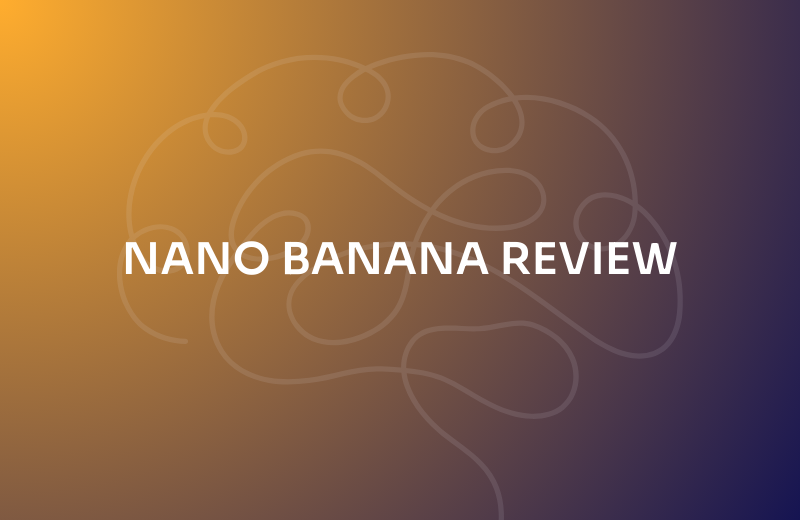

.png)
.png)
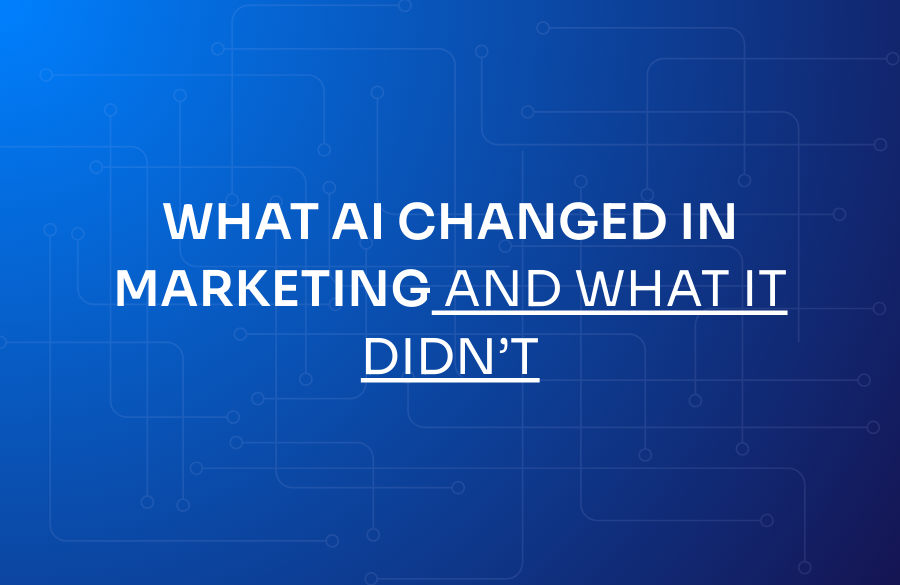
.png)

.png)
